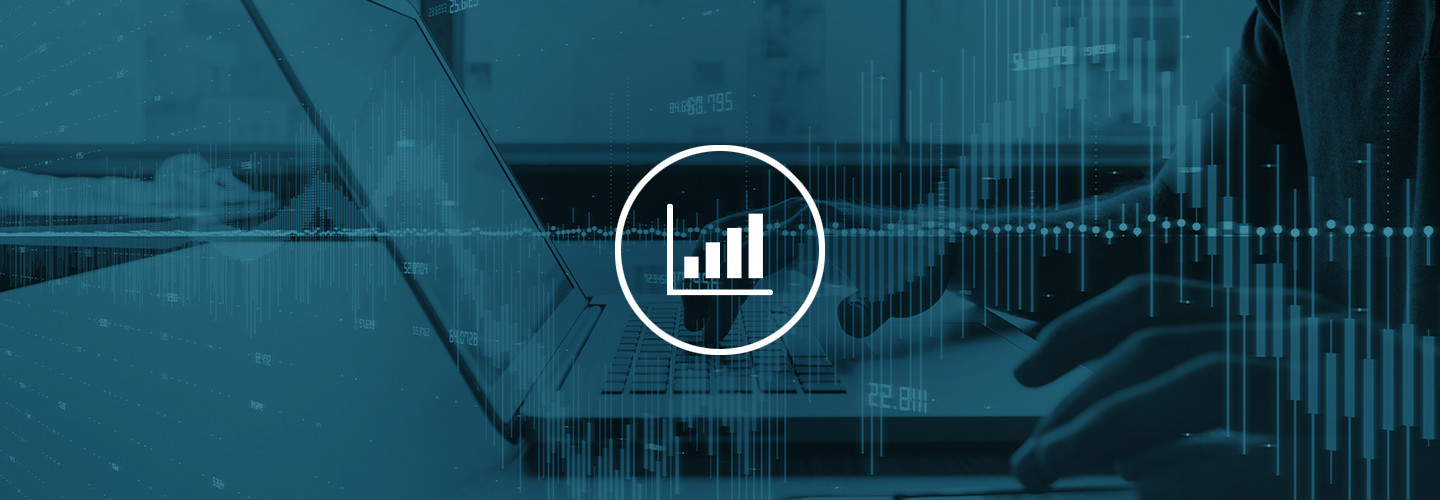5 Steps Retailers Can Take to Get the Most Out of Predictive Analytics
-
Pinpoint pressing business problems: Retailers must identify specific pain points that can benefit from a predictive analysis, such as sagging sales or soaring shipping costs. Next, they should determine the exact questions that need to be answered, such as, “How will lowering the price of a widget by $5 affect sales in regions A, B and C?” or “How will adding $1 to a widget's shipping price affect sales during the next holiday season?”
-
Manage the data: As the number of data sources multiplies, so does the challenge of effective data management. Retailers can gain control over data resources by understanding the types of data being acquired, as well as its format, ownership, location, accessibility and value in achieving complete predictive insights.
-
Clean the data: “Garbage in, garbage out,” is a well-known — and accurate — data aphorism. Disparate datasets typically contain incorrect or duplicate information, missing values and other inconsistencies. In many cases, existing datasets will have to be “cleansed” to ensure optimal outcomes. Some organizations have the ability to handle this complex task in-house with the assistance of specialized software tools, while others will turn the task over to a service provider that specializes in data cleansing and validation.
-
Build and evaluate the predictive model: Choosing the right methodology, identifying the study's time frame, selecting the dependent or independent variables and then building and testing the model can be a challenging task, particularly for retailers that are new to predictive analytics. As they consider options in deploying predictive analytics, retailers should select a tool that's well documented, easy to use and supported by both its provider and an active user community.
-
Distribute the predictive model: A predictive model is most useful when it has been distributed to decision-makers within the context of a data visualization tool that allows users to employ it immediately. The data and predictive models are useful only when the right users have access to them in real time -- including marketing, store operations and other lines of business.
For more on this topic, check out, "Why Predictive Analytics Need to Be Part of Every Retailer's Growth Strategy."








